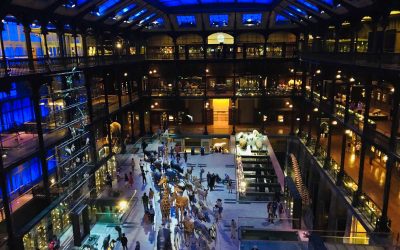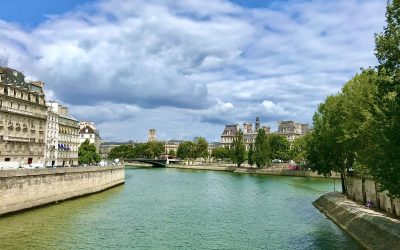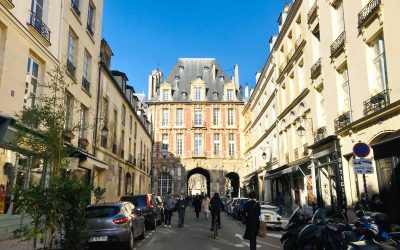Paris is an exceptionally rich city with regards to history and culture. So it is no surprise that there are so many museums in Paris.
From art galleries to historical museums, Paris has over 130 different museums offering something for everyone. The city offers a variety of experiences and exhibits that will appeal to tourists, students, and locals alike.
As a local, I have to say I have my favorite museums that I love to visit year after year. If you are visiting Paris, these are some of the best museums in Paris, so that you can plan your visit and your time accordingly. Allons-y!
- 1. Musée du Louvre
- 2. Musée d'Orsay
- 3. Château de Versailles
- 4. Centre Pompidou
- 5. Jardin des Plantes
- 6. Conciegerie
- 7. Les Invalides
- 8. Mémorial de la Shoah
- 9. Deportation Martyrs Memorial
- 10. Musée Rodin
- 11. Louis Vuitton foundation
- 12. Musée de l'Orangerie
- 13. Château de Fontainebleau
- 14. Musée Eugène Delacroix
- 15. Musée Libération Leclerc Moulin
- 16. Musée Grévin
- 17. Petit Palais
- 18. Musée Carnavalet
- 18. Museum of Hunting and Nature
- 20. Musée Nationale Picasso
- 21. Musée de Cluny
1. Musée du Louvre
You cannot come to Paris and at least not consider going to the Louvre. Yes, it is very big and there is an overwhelming amount of art at the Louvre, so you have to pick and choose.
However, this former castle, turned palace, turned museum is a must for lovers of art and history. It is said the Louvre is so big only 5-10% of its masterpiece collection is on display.
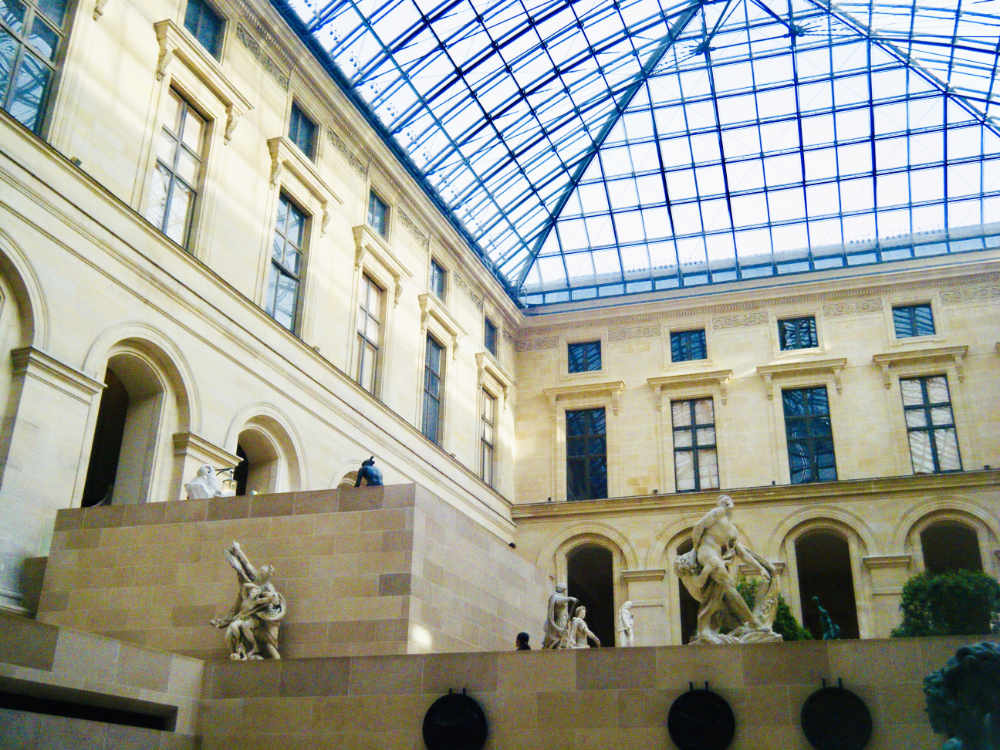
From paintings like Mona Lisa to sculptures by Michaelangelo, there is just not enough time to see the 35,000 pieces of art that are on display at the Louvre.
It holds objects ranging from Egyptian antiquities, Renaissance painting, to religious artefacts, making the Lourve museum likely on top of the bucket list of any first-time vistor to Paris. If you do plan on visiting the Louvre, you can read more about the masterpieces and works of art you shouldn’t miss at the Louvre here.
Note: During the busy summer season, tickets often are only sold online for timed entrances. Book in advance to avoid disappointment.
2. Musée d’Orsay
While Louvre Museum has a collection that is more vast (everything from antiquity to religious art), if you love Impressionist paintings it is the Musée d’Orsay that you are looking for.
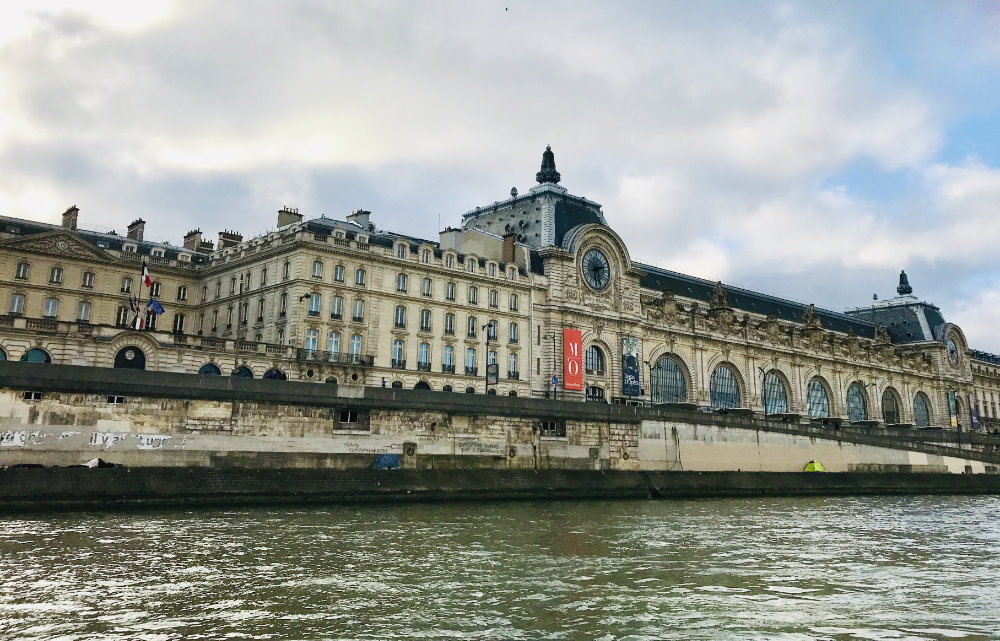
Located in an old train station that was converted into a museum, it houses one of the largest collections of impressionist and post-impressionist paintings in the world. Spend an afternoon with Monet, Van Gogh and Renoir, and marvel over their works of art.
And once you are done with that, you can move on the sculptures. You can read more about visiting the Musée d’Orsay here.
Like the Louvre it tends to get quite busy, so I recommend getting tickets in advance.
3. Château de Versailles
The Château de Versailles was built by the famous Sun King Louis XIV, but we think of it more today against the tragic destiny of Marie-Antoinette and the French Revolution. Inside is a museum dedicated to those who lived in this magnificent château, with paintings, sculptures, and more.
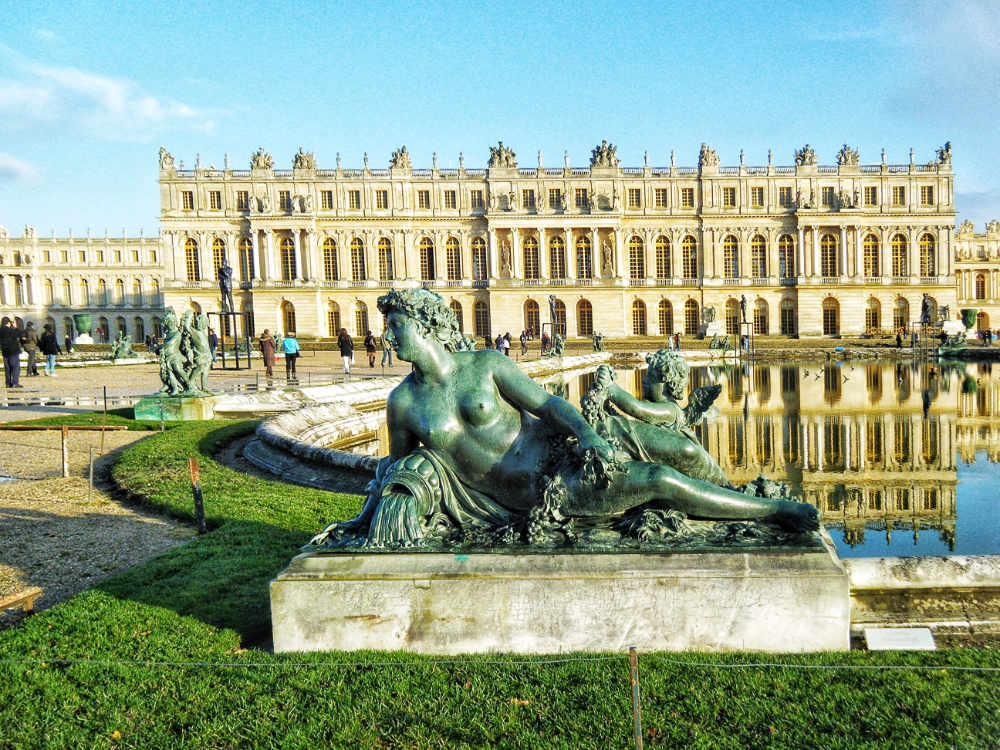
Many other key moments in history took place here as well, such as the Treaty of Versailles (WW1), subsequent German retaliation (WW2), amongst many others, so wander around and breathe in the history of France.
The Château de Versailles is located just outside of Paris, so you will have to take the RER train there. This might sound daunting, but you will not regret it once you make the trip.
The tour inside covers the Hall of Mirrors, the luxurious bedrooms, and other elaborately decorated state rooms. Once you leave the Palace, there are expansive gardens, several tea rooms, as well as a Grand canal that you can go boating on.
You can read more about visiting the Château de Versailles here. It does get quite crowded, especially in the summer. You can book your tickets in advance here.
4. Centre Pompidou
Centre Pompidou in the heart of the Marais is a modern art museum built by the ex-President of France, George Pompidou. (You can read more about Pompidou’s questionable decor choices here.)

The building itself is a piece of art as an ‘inside-out’ building in with its structural system, mechanical systems, and circulation exposed on the exterior of the building.
All of the functional structural elements of the building are color-coded: green pipes are plumbing, blue ducts are for climate control, electrical wires are encased in yellow, and circulation elements and fire safety devices are red.
Today, the Centre Pompidou holds hundreds of famous artworks from the 1970s onwards, from Andy Warhol to Lucien Freud. You can book your tickets in advance here.
5. Jardin des Plantes
Right in the heart of Paris in the 5th arrondissement is a large botanical garden and animal display museum, which also features 4 large galleries, holding specimens of all types of wildlife.
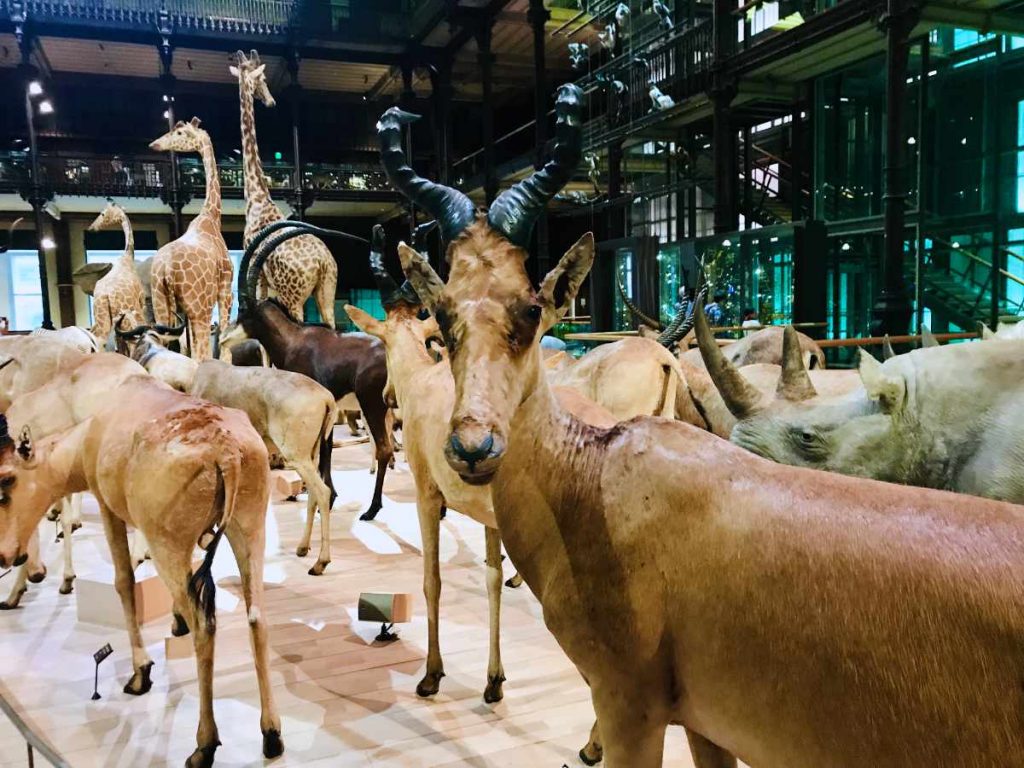
With everything from large dinosaur bones to whale skeletons and stuffed lions, there is plenty to see for kids and adults alike.
The 4 galleries include:
- Grande galerie de l’Évolution (‘Gallery of Evolution’) which includes over 1000 species of animals big and small.
- Galerie de Paléontologie et d’Anatomie comparée (‘Gallery of Paleontology and Comparative Anatomy’) displaying over 650 dinosaur remains.
- Galerie de Minéralogie et de Géologie (‘Gallery of Mineralogy and Geology’) displaying minerals, crystals and other rock formations.
- Galerie de Botanique (‘Gallery of Botany’) with a collection of almost 8 million samples of plants.
You can read more about visiting Jardin des Plantes here. Tickets to each galerie are sold separately, so book them all in advance.
6. Conciegerie
This was once a medieval palace in the heart of Paris on Ile de la Cité, before it became a prison, and now a museum. The most famous prisoner here was Marie Antoinette, the last Queen of France.
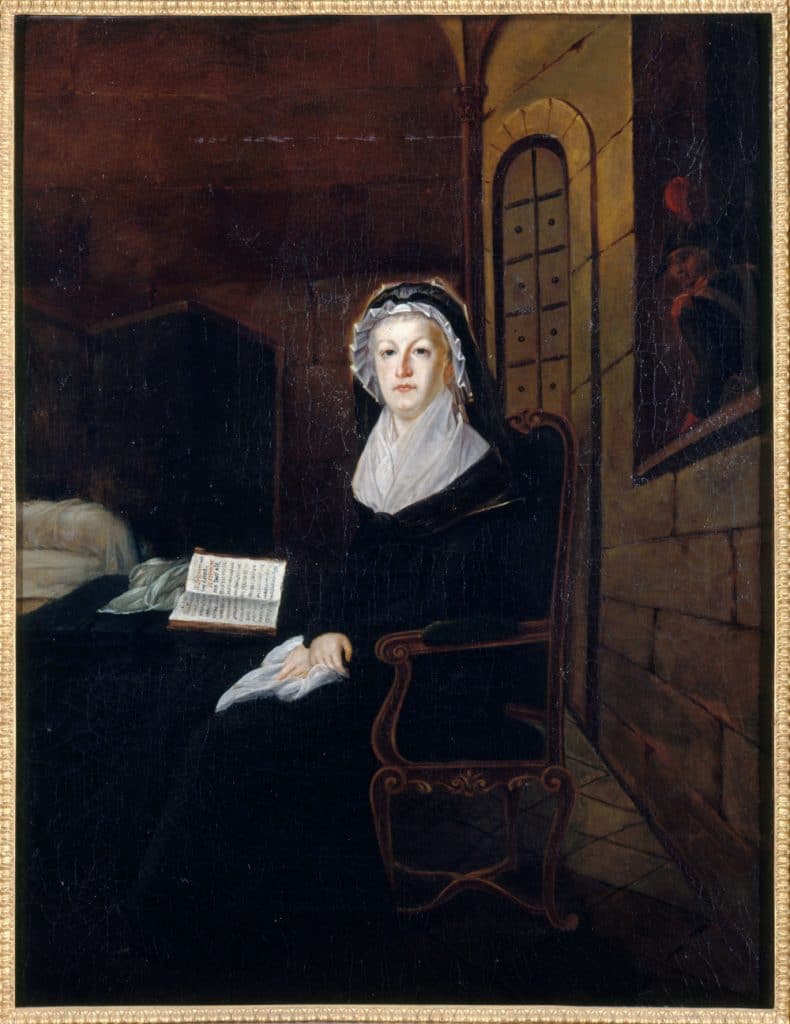
She spent months here awaiting her sentence and her death at the age of 37. Only a portion of it is open to the public since it is still used by the Paris law courts. You can read more about the Conciergerie in Palais de la Cité here.
If you are ready to step back into the time of the French revolution, you can book your skip-the-line tickets to the museum here.
7. Les Invalides
Les Invalides in the 7th arrondissement is a large complex of buildings has a very interesting permanent resident: the Emperor Napoleon Bonaparte. His body lies in an elaborate monument surrounded by reliefs of his accomplishments.
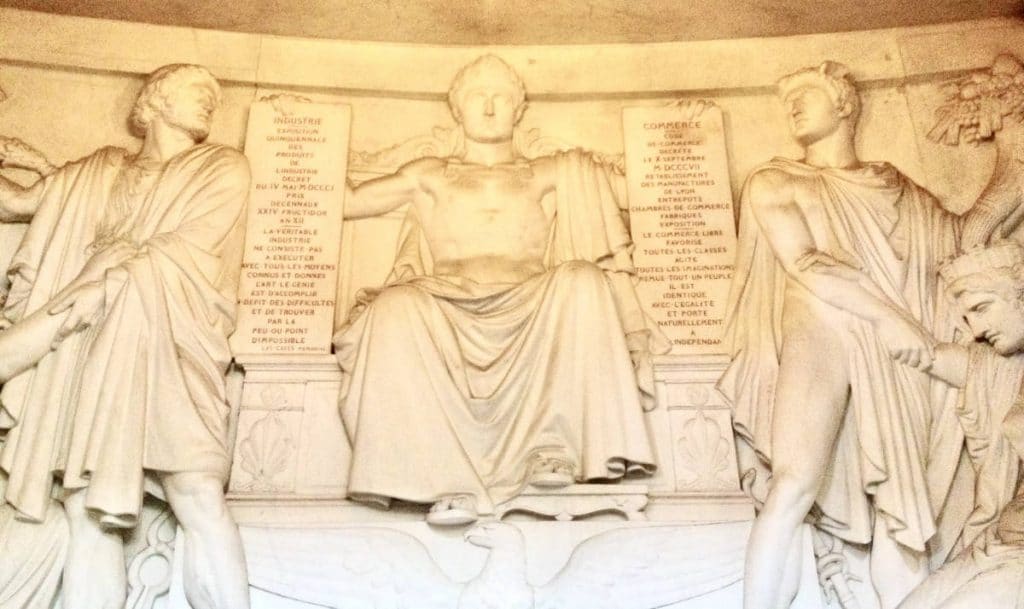
There is also an in-depth military museum, as Musée de l’Armée dedicated to the naval and military history of France. You can read more about Les Invalides and book your tickets in advance here.
8. Mémorial de la Shoah
“La Shoah” is the French word for Holocaust, and this memorial museum on the Right bank of the Seine river is dedicated to the thousands of Jewish French people who were rounded up and deported to the death camps like Auschwitz that were scattered across Germany and Eastern Europe.
Men, women, and children of jewish descent were rounded up and shipped off from the Drancy, a town north of Paris, never to return. All across the surrounding area you can see plaques outside schools dedicated to the youngest victims. You can read more about the history of Paris here.
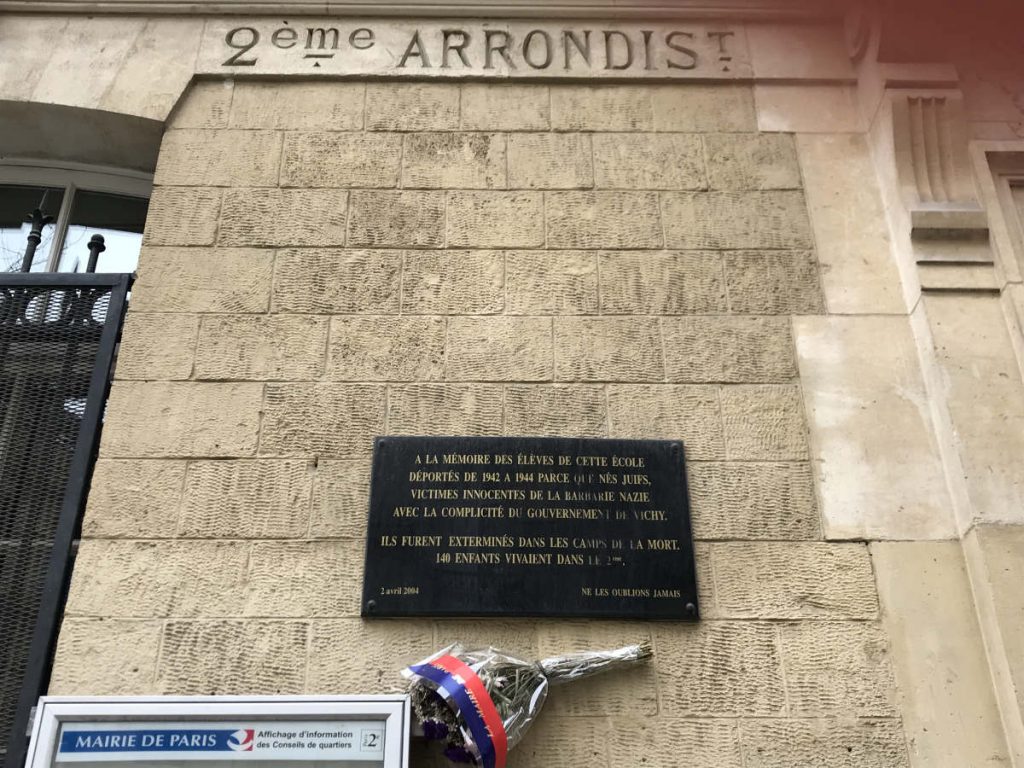
They would be exterminated in death camps. 140 children lived in the 2nd arrondissement.
We will never forget.
Inside the memorial is a wall containing the names of the 76,000 French Jews who were killed. There is also a crypt with the ashes from the different camps. Entry to the Memorial museum is free. You can find more free museums in Paris here.
9. Deportation Martyrs Memorial
Within walking distance of the Memorial, behind the Cathédrale Notre Dame de Paris on the tip of Ile de la Cité is the Mémorial des Martyrs de la Déportation.
The museum was built underground with high walls and an iron gate to show the descent into darkness of humankind.
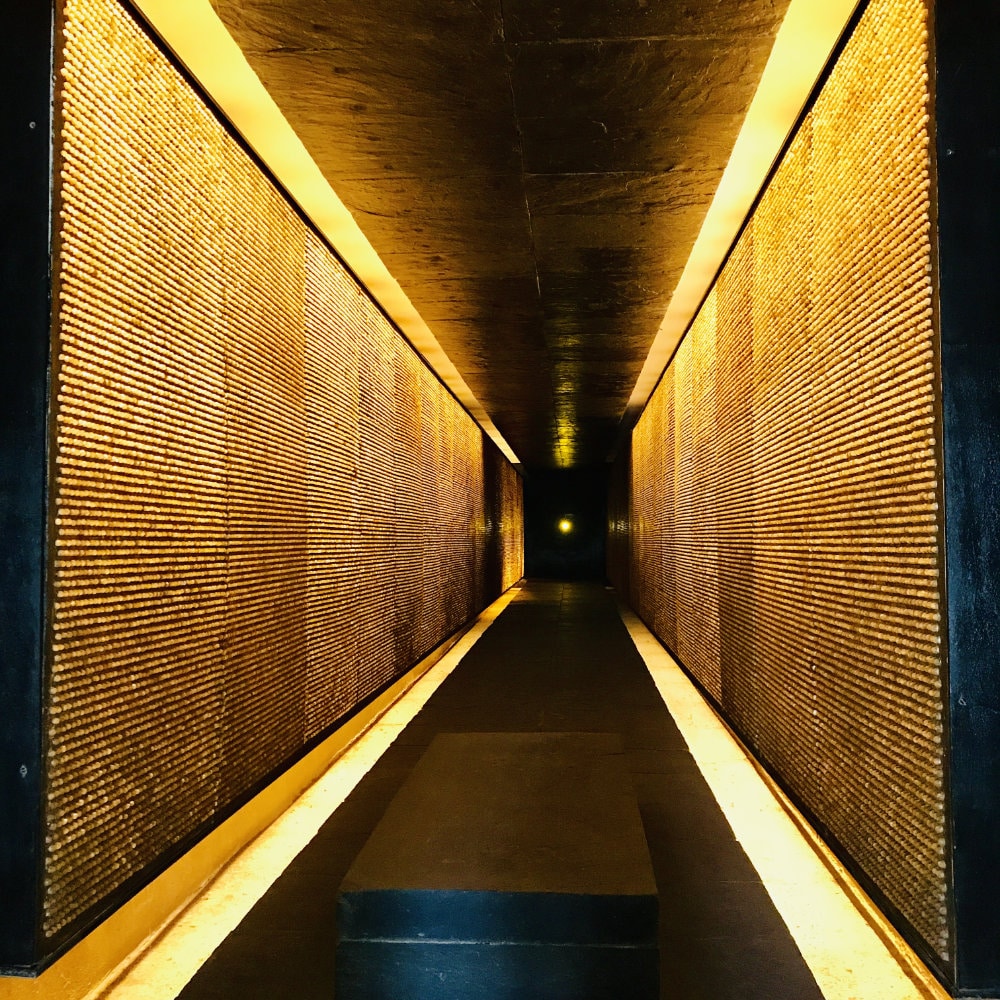
The Memorial is also dedicated to the men, women and children deported from France to concentration camps between 1940 and 1944 who did not return. Entrance to this hauntingly beautiful memorial is free.
10. Musée Rodin
If you love statues but aren’t planning on visiting the statue gallery at the Louvre Museum, then the Musée Rodin is your next best bet.
Containing the works of master French sculptor Auguste Rodin, the museum has two sites, the palatial mansion “Hôtel Biron” in central Paris, as well as Rodin’s own home in the Parisian suburb of Meudon.
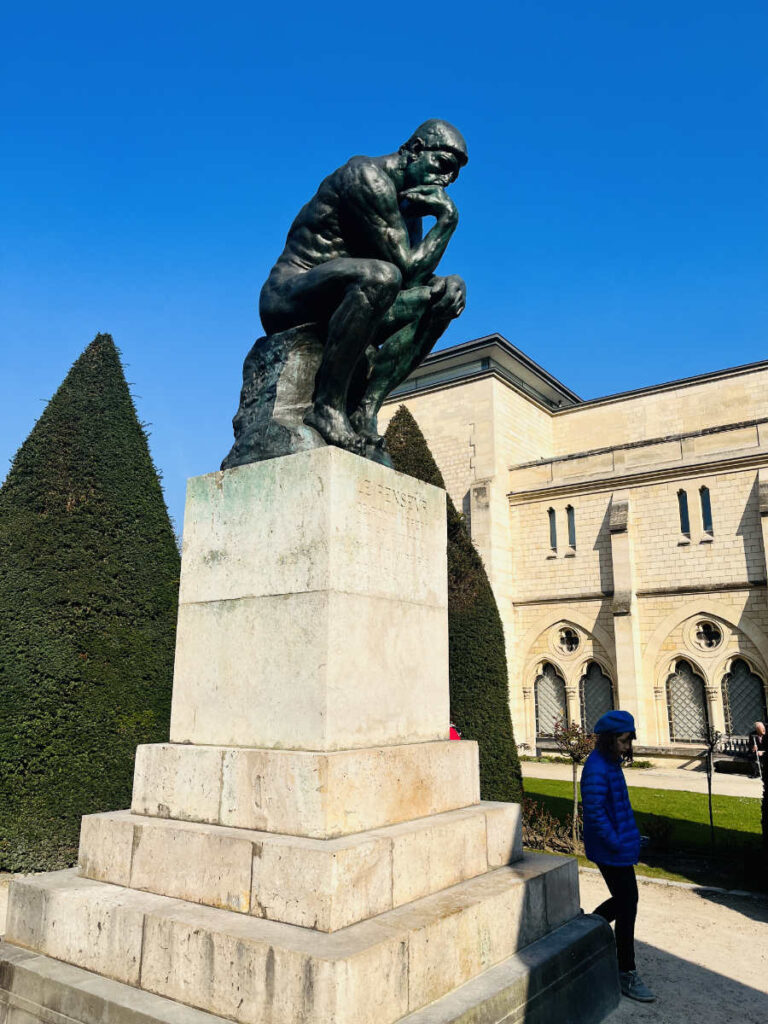
The museum within Paris has a series of galleries filled with statues, but more importantly, it has a sculpture garden where you can let the kids roam freely, unlike some of the more serious museums. You can read more about Musée Rodin and book your skip-the-line tickets here.
11. Louis Vuitton foundation
Located in the Bois de Boulogne park on the edge of Paris, is the Louis Vuitton foundation. It is a private not-for-profit art museum that is run by LVMH, the luxury clothing brand.
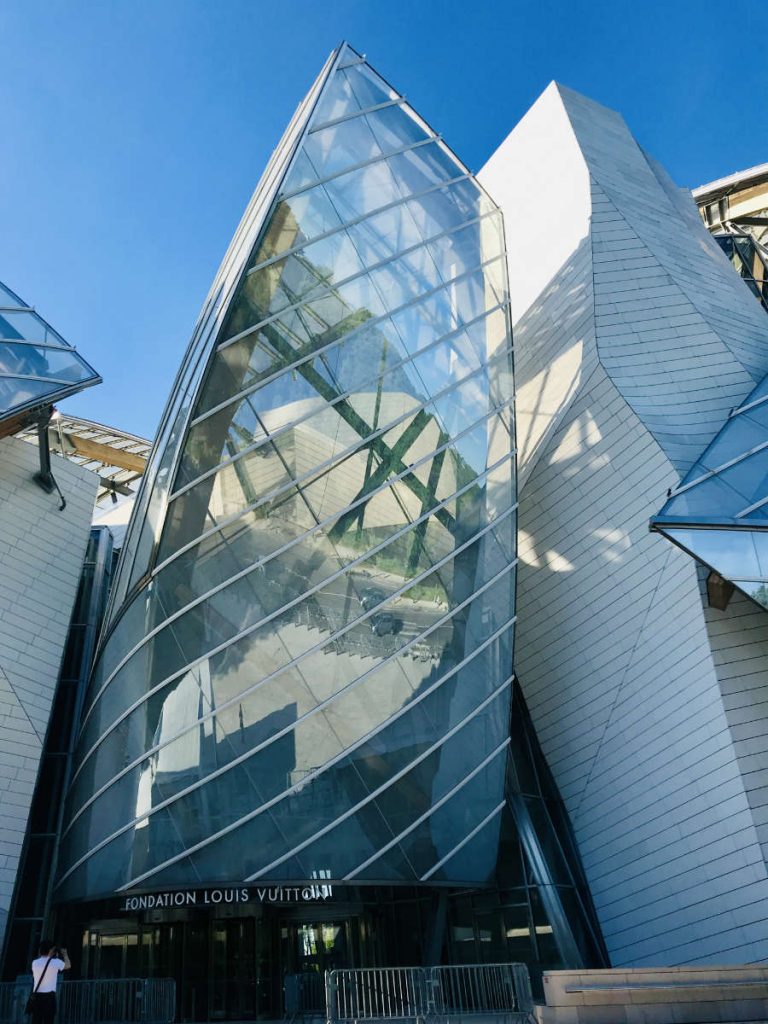
It is sponsored by Bernard Arnault, one of the richest and most famous men in France who runs LVMH with luxury brands as Christian Dior, Givenchy, Marc Jacobs, Stella McCartney, Loro Piana, Kenzo, Celine, and Bulgari.
Inside a building designed by architect Frank Gehry, the museum holds a vast collection of works owned by LVMH and Arnault, featuring modern artists like Ellsworth Kelly, Olafur Eliasson, and Janet Cardiff.
12. Musée de l’Orangerie
If you don’t want a big museum, but still enjoy a bit of culture, you may want to visit the Musée de l’Orangerie.
Right next to the Place de la Concorde is this tiny Impressionists’ museum that is perfect those who don’t want to walk too much.
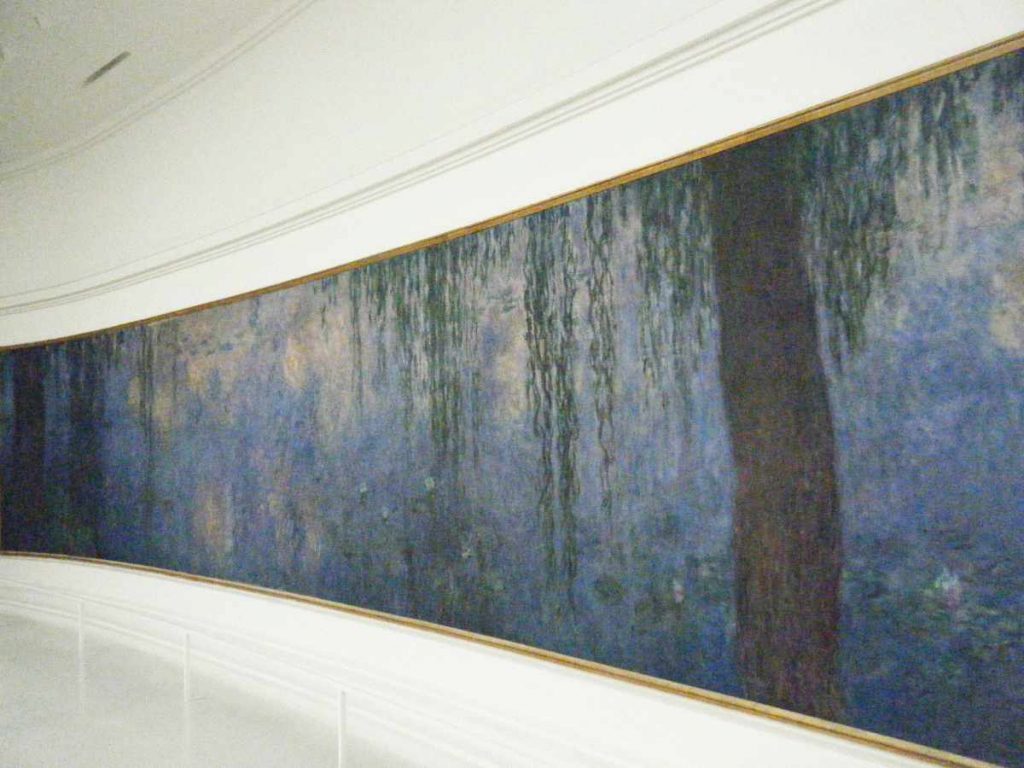
Featuring the famous floor to ceiling paintings of waterlilies by Claude Monet as well as Renoir, Matisse, Cezanne, Gaughin and more, this is a museum that children will enjoy as well.
You can read more about the Musée de l’Orangerie and book your skip-the-line tickets here.
13. Château de Fontainebleau
In the words of Napoleon Bonaparte, Château de Fontainebleau was “the true home of kings, the house of ages.”
While the glamorous Château de Versailles was a bit of a party palace, Château de Fontainebleau was the original working Palace, constructed centuries earlier.
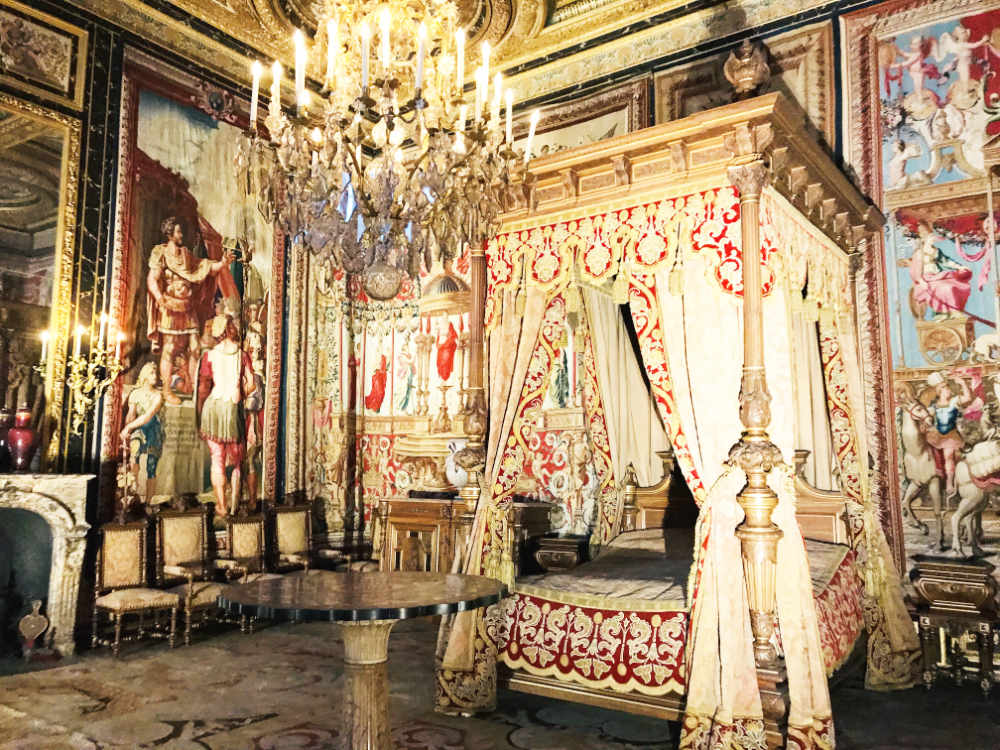
Further away from Paris than Versailles, Fontainebleau was originally constructed as a hunting lodge. Today it houses two exhibitions in its museum, both on larger-than-life French Kings: François I and Napoleon Bonaparte.
It isn’t within Paris, but about 1h30 from central Paris on public transport. You can read more about Château de Fontainebleau here.
For ease of travel, you can find recommended tours from Paris along with ticket options here.
14. Musée Eugène Delacroix
With one of the most famous paintings in France, Liberty leading the way, Eugène Delacroix is renowned for his work. In the 1920s, in order to save the home of this great artist, his friends got together in the 1920s to turn it into a museum.
The Society of Friends of Eugène Delacroix included names like Henri Matisse, Paul Signac, Édouard Vuillard, and George Desvallières.
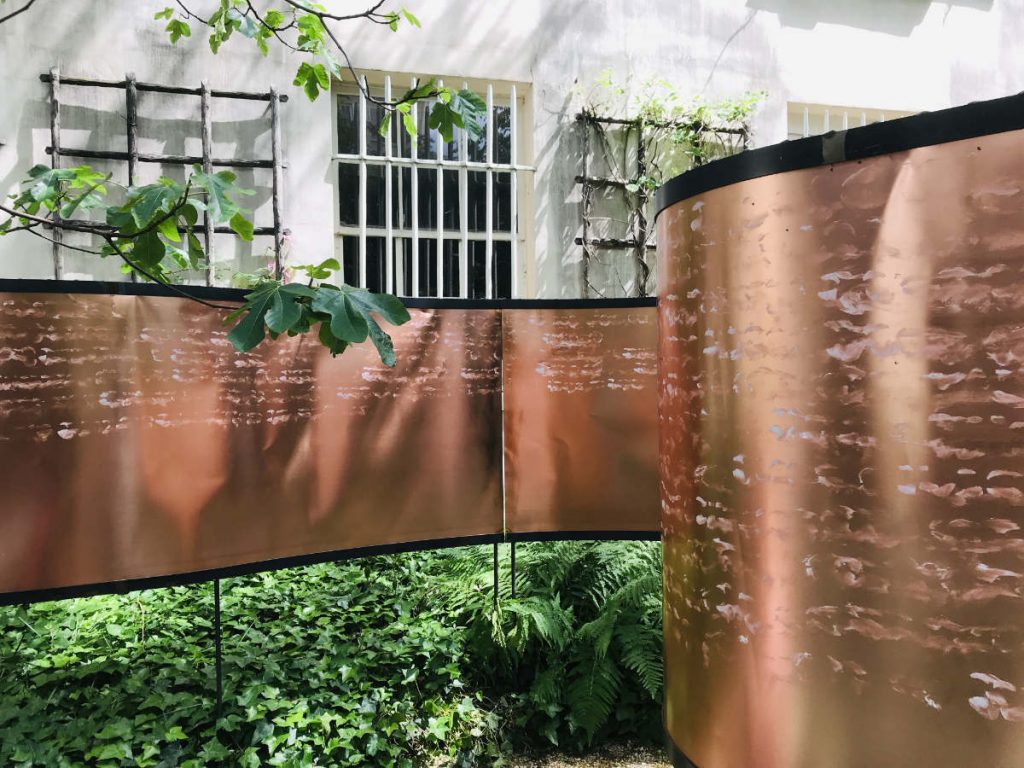
Musée Delacroix became a national museum in the 1970s and was attached to the Louvre in 2004. Today it features many of his smaller works and sculptures.
Located in the luxurious 6th arrondissement, this lovely townhouse in the center of Paris is well worth visiting. You can book skip-the-line tickets here.
15. Musée Libération Leclerc Moulin
One of the newest museums in Paris is the Musée Libération Leclerc Moulin which opened in 2019. It is meant to commemorate the events of World War II and the impact that it had on the French people at the time.
It is named after Jean Moulin, a major figure of the French Resistance and General Leclerc who was a general in the Free French forces during the war.
It was opened on the 75th anniversary of the liberation of Paris in 1944. Entry to the museum is free.
16. Musée Grévin
Inspired by French artist and sculptor Marie Tussauds’ models during the 1789 French Revolution, we have Musée Grévin in the north of Paris that opened in 1882.
Located in the 9th arrondissement, this museum has wax sculptures of famous French people, actors, celebrities, and even the odd inventor. It also has a lot of famous international figures like Marilyn Monroe and James Dean.
Interestingly, there has never been a Madame Tussauds in France, so Musée Grevin is the closest to it. You can also visit Château de Breuteuil outside of Paris, which has puppets and wax figures made by the Musée Grevin in its exhibits. You can book your tickets to Musée Grevin here.
17. Petit Palais
Located on Avenue Winston Churchill just off the Champs Elysées, Petit Palais is a small art museum that was originally built for the 1900 Exposition Universelle. It is directly across from the Grand Palais, which was also built for the same Exposition.
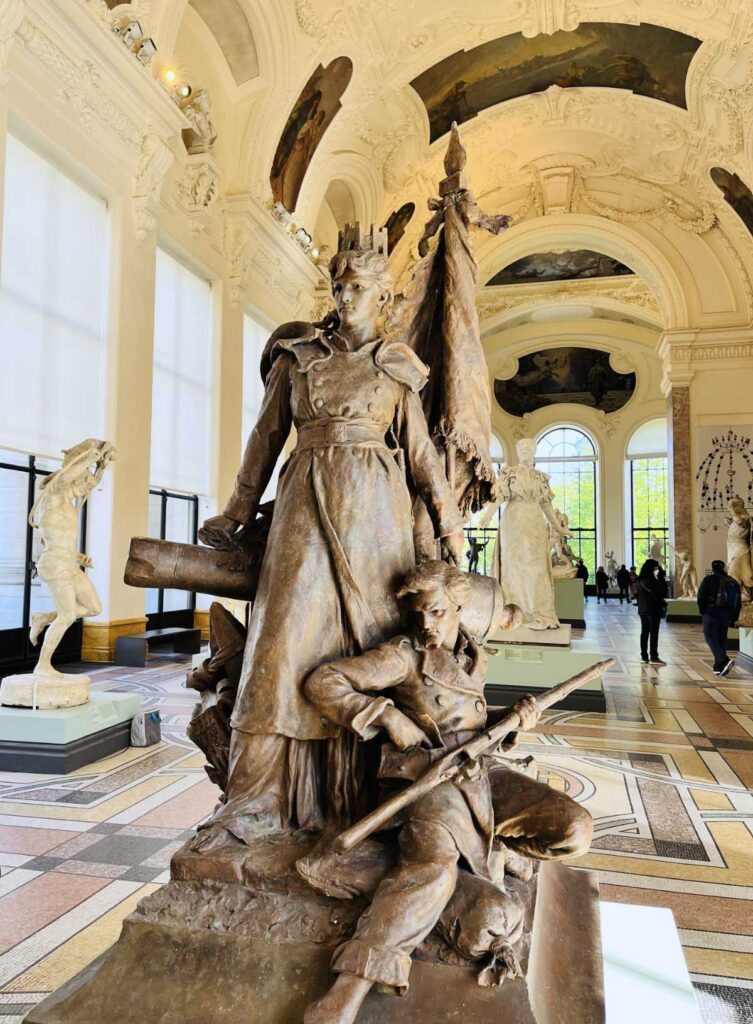
It holds a collection of medieval paintings as well as more recent works from the likes of famous artists like Rembrandt, Rubens, Delacroix, Monet, Pissarro, Cézanne, Modigliani, Rodin and more.
The permanent exhibits of the Petit Palais are free, and there is a lovely little café on the inside with a terrace to enjoy in good weather. There are also usually temporary exhibitions which do require paid tickets. You can read more about visiting the Petit Palais here.
18. Musée Carnavalet
If you are interested in the history of Paris, you may want to make a stop at the Carnavalet Museum in the Marais.
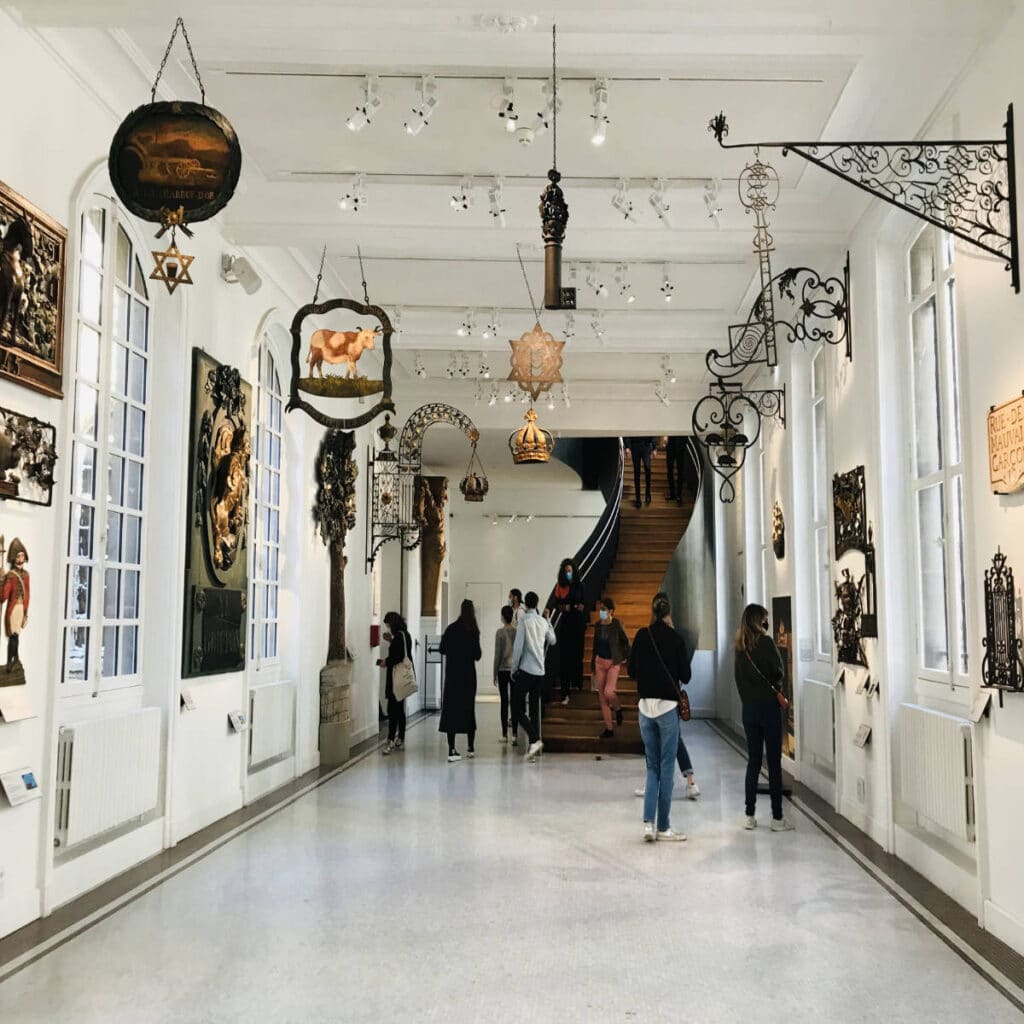
Inside the museum, the exhibits show the transformation of the Roman village of Lutèce, which was inhabited by the Celtic Parisii tribes to the grand City of Lights that we see today.
The Carnavalet museum houses over 2,600 paintings, 20,000 drawings, 300,000 engravings and 150,000 photographs, along with 2,000 modern sculptures and 800 pieces of furniture.
In the courtyard, there is a sculpture of the Sun King Louis XIV, who built the Palace of Versailles and had such a profound effect on Paris during his long reign.
Entry to the permanent exhibition halls is free, although you may need to reserve a timeslot. You can read more about visiting Musée Carnavalet here.
18. Museum of Hunting and Nature
If you are travelling with young children, you may want to make an side stop at the Musée de la Chasse et de la Nature (Museum of Hunting and Nature).
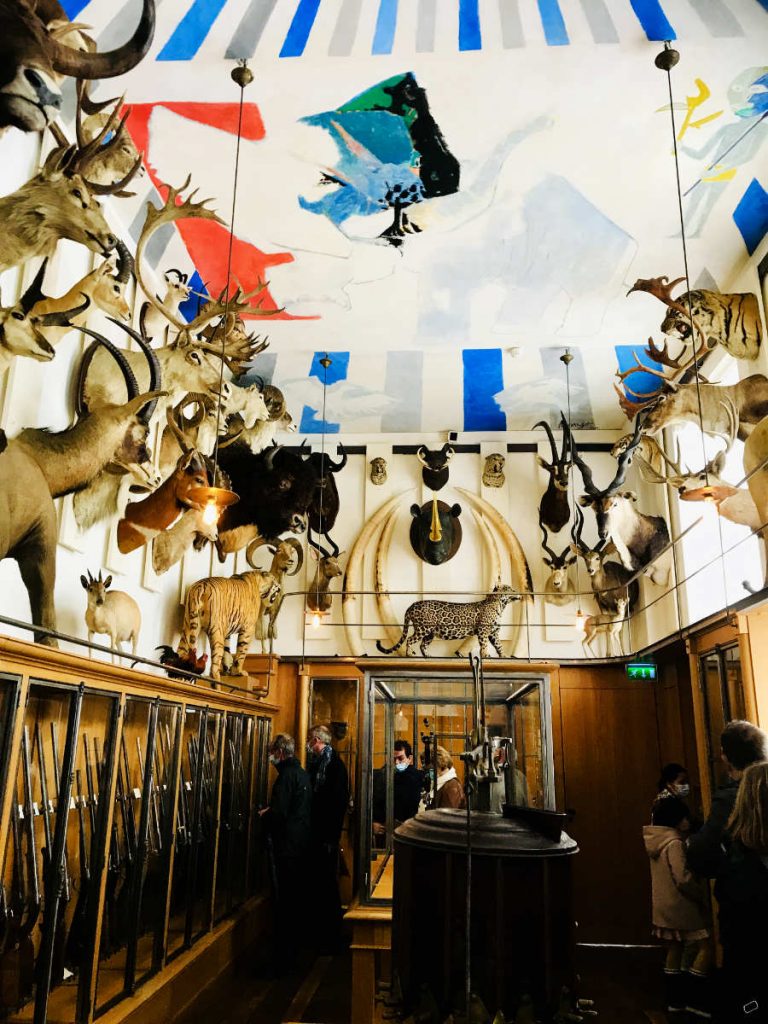
With a variety of paintings dedicated to animals and the hunt, there are also stuffed animal collections and hunting weaponry.
The building itself is also quite impressive, having previously been two private mansions dating back to the 17th century, that were connected together. You can read more about the Museum of Hunting and Nature here.
20. Musée Nationale Picasso
Pablo Picasso was not born in France, but he was so emblematic of the art scene in Paris, that he has to be on the list of the greatest artists in France. He first visited Paris at the age of 19 and would eventually move to France, dying at the age of 91 in Mougins, France.

With a varied neo-classical style, he became one of the best-known figures in the 20th-century art world and beyond.
Because Picasso was a long-time resident and died in France, his estate was subject to French succession laws. France permits heirs to pay inheritance taxes with works of art instead of money, as long as the art is considered an important contribution to the French cultural heritage.
As such, his family donated thousands of works of art (paintings, sculptures, drawings, prints, and notebooks), along with personal papers, correspondence, and more. They also donated works that he had collected from his fellow artists including Renoir, Cézanne, Degas, Rousseau, Seurat, and Matisse.
While some of these works are now at Musée d’Orsay and the Orangerie, the largest collection of Picassos are at the Musée Nationale Picasso in the Hôtel Salé on rue de Thorigny, in the Marais district. You can get your skip-the-line tickets for the Picasso museum here.
21. Musée de Cluny
Musée de Cluny is an abbey that was partially constructed on the remnants of the third century Gallo-Roman baths known as the Thermes de Cluny, Roman era.
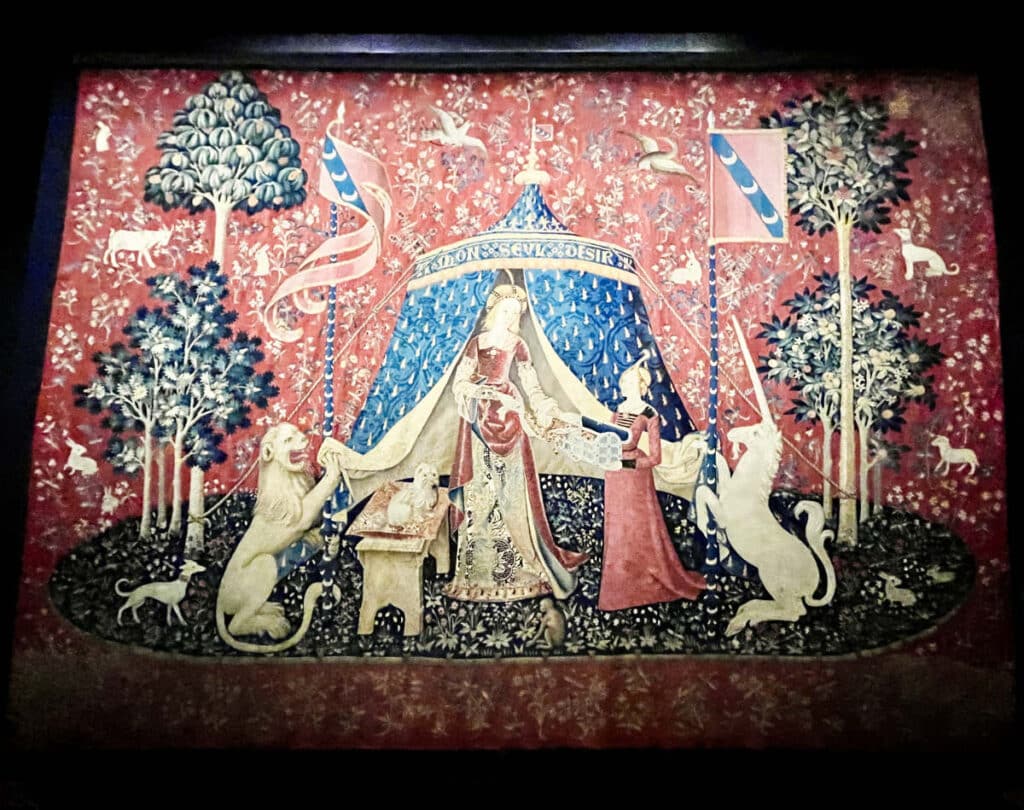
Today the museum houses an extensive collection of medieval art in a 15th-century abbey. One of the most well-known of its displays are the six tapestries of The Lady and the Unicorn (La Dame à la licorne).
It also holds the original statues of Kings that were on the front of Notre Dame de Paris, before they were cut down during the French Revolution. You can buy tickets for the museum here.

If you enjoyed that article, you may enjoy reading more about visiting Paris here. A bientôt!

